|
Transpartent Anisotropic Particles
This is part of a guide to the identification of particles seen in samples of
free particles. This file includes transparent anisotropic
particles of any shape.
|
Fibers
These are anisotropic particles that are at least five times as long
as they are wide.
Fibers with Internal Cells or internal Voids: these particles tend
to be plant fibers, plant hairs, animal hairs, insect hairs, or
fungal
structures

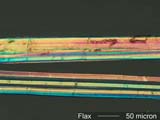
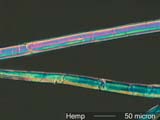
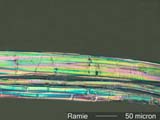
(Click here for
more images of Plant Fibers.)
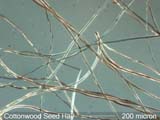
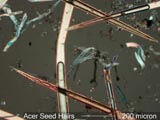
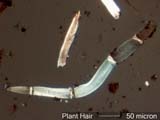
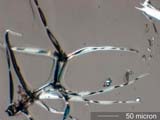
(Click here for
more images of Plant hairs.)
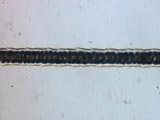



(Click here for
more images of Mammal hairs.)
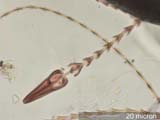
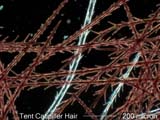
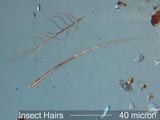
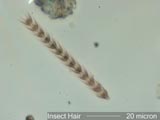
(Click here for
more images of Insect Hairs.)

Fibers with Striations Parallel to Length: these particles tend to
be mineral fibers, insect silks, or man-made plastic fibers though
some plant
fibers may also fall into this category.
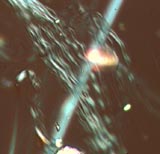
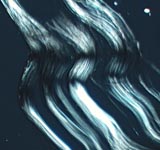
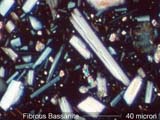
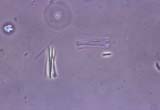
(Click here for
more images of Fibrous Minerals.)
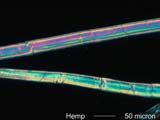
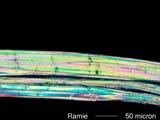
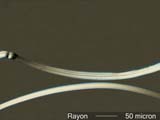
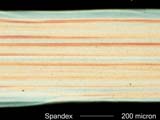
(Click here for
more images of Clothing Fiber.)

Fibers that Keep Dividing into Finer Fibers Parallel to Length




(Click here for
more images of Fibrous Minerals.)
Fibers with Broomed Ends
These include the fibrous minerals, human hair, and some plastic
fibers.
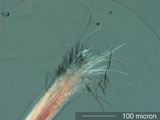
Fibers with Tapered Terminations
Most of the plant hairs, insect hairs, mammalian hairs, paper
fibers, and some plastic fibers have tapered terminations.


|
Equant Particles
These are anisotropic particles that are approximately
equal in all three dimensions.
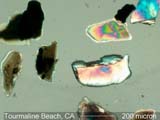
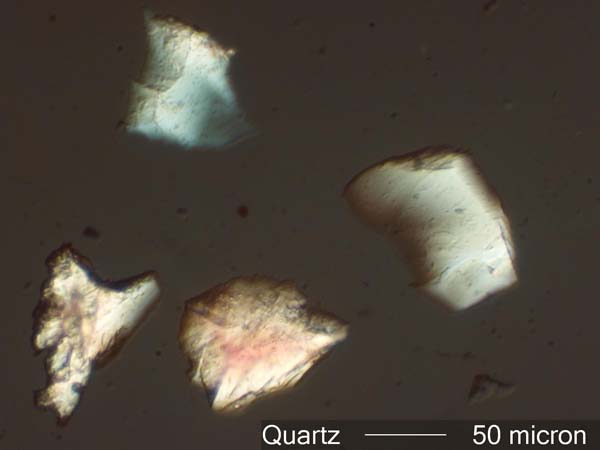
|
Well Deffined Crystals
These anisotropic particles have edges that
are straight with sharp corners at
intersections of the flat crystalline faces.
Faces tend to occur
in parallel pairs.
|
Cleavage Fragments
These anisotropic particles show
evidence of a prefered pattern
of breakage. Two or four or even
six edges may tend to be
parallel or the particle
may show conchordial fracture.
In all cases the edges are sharp
and tend to be smooth though
they may be stair-stepped.
|
Irregular
Shape
These anisotropic
particles .
|
| | | | |